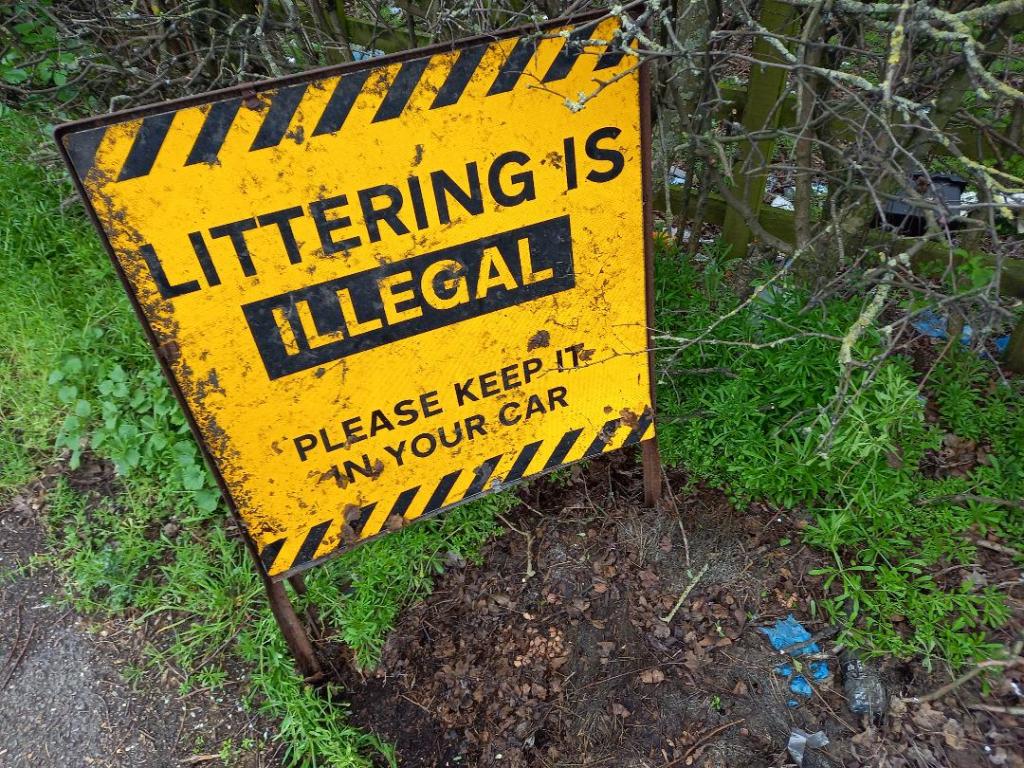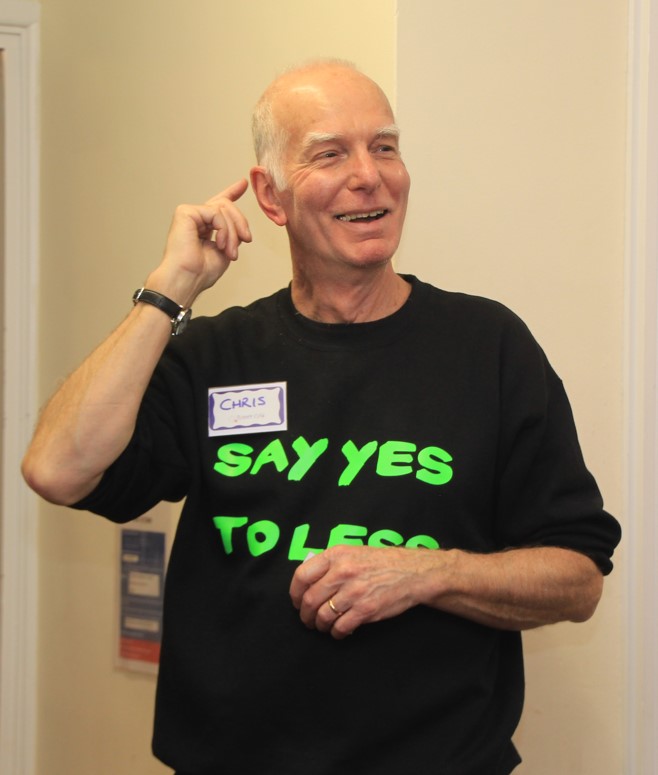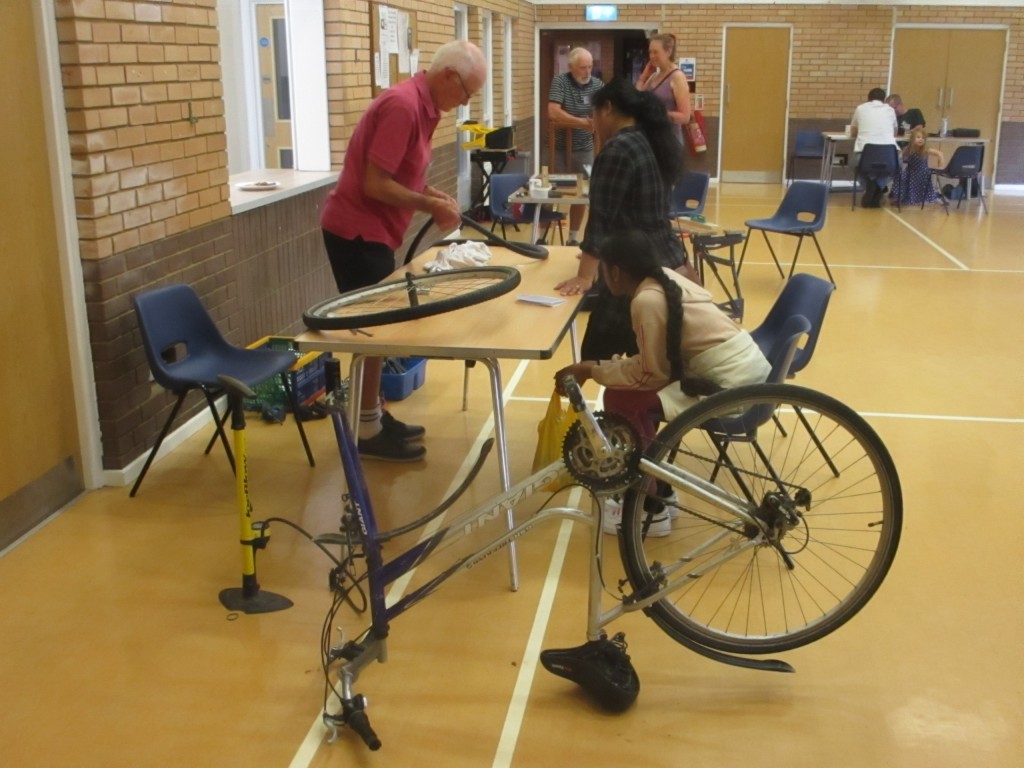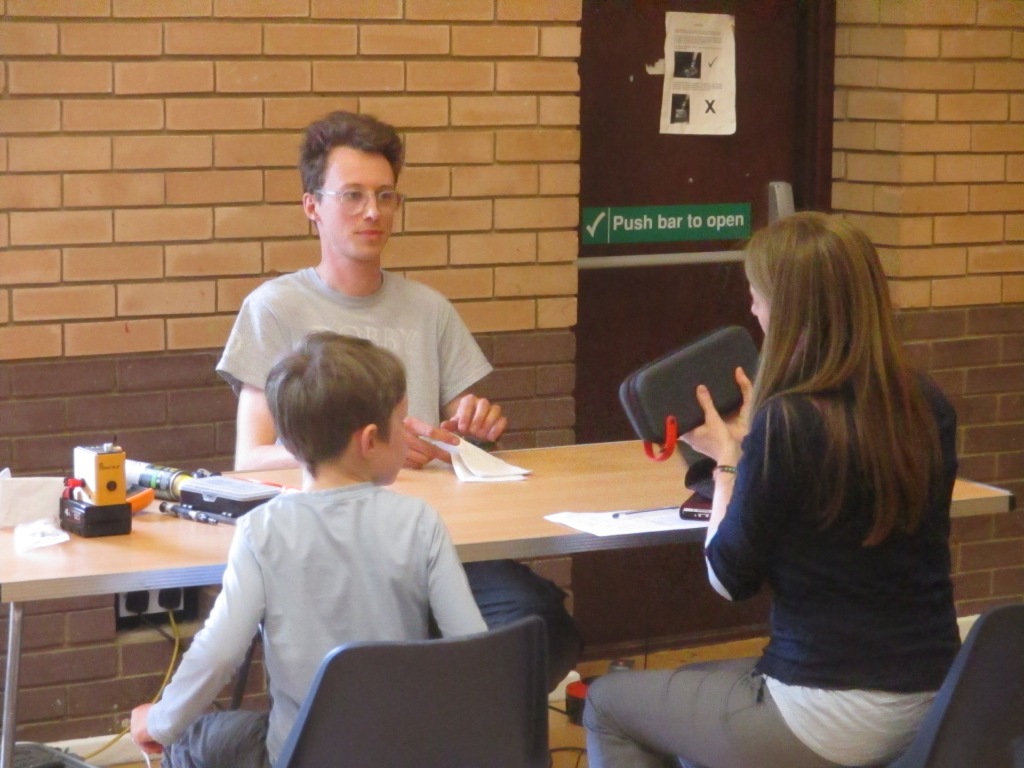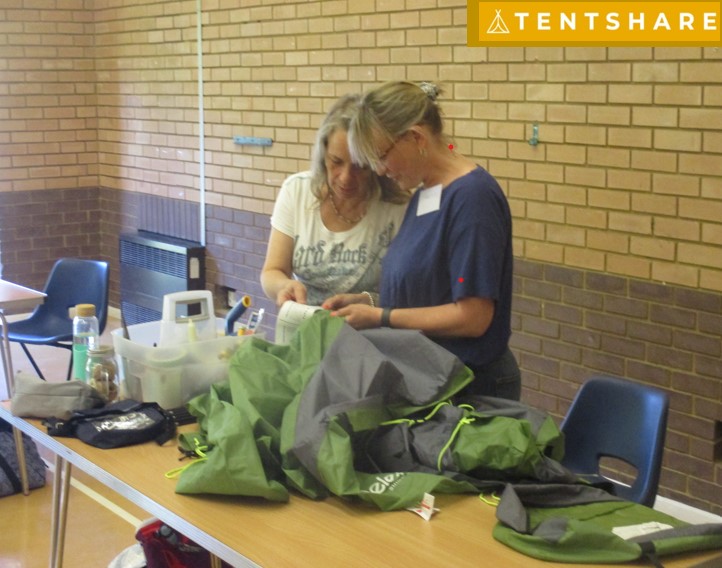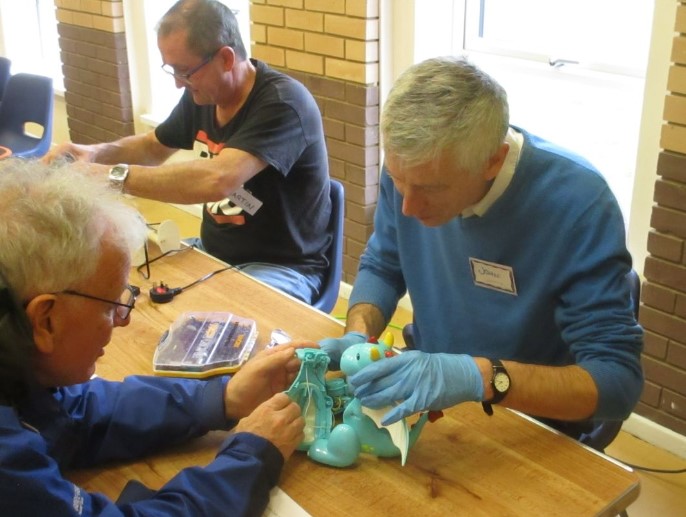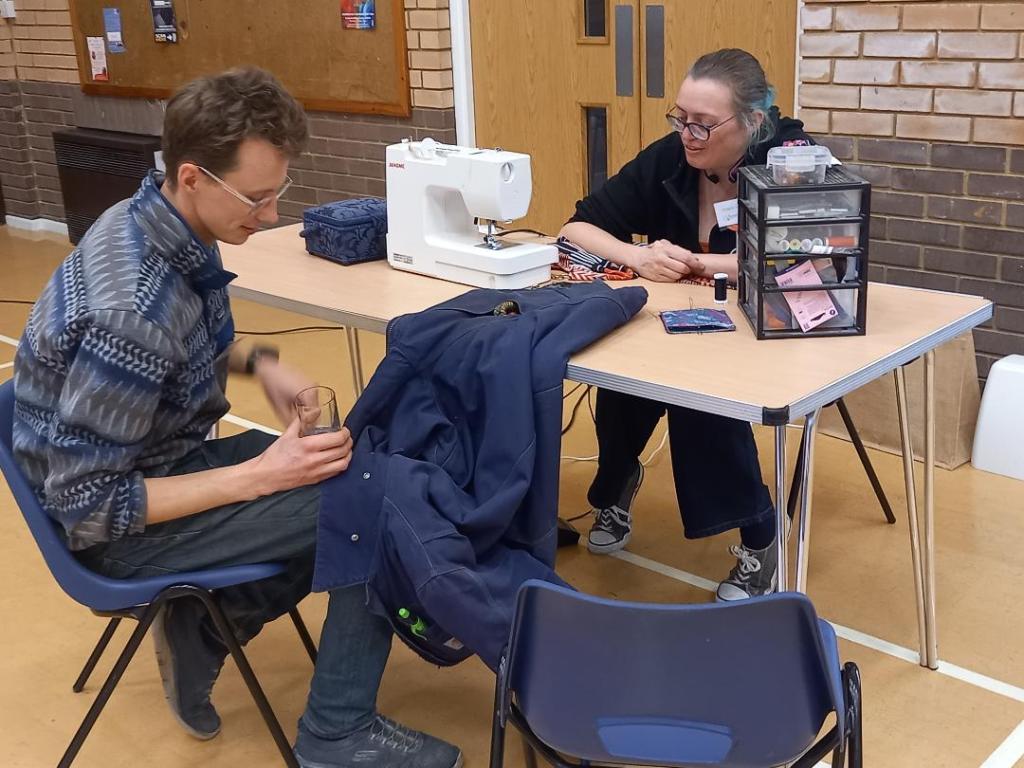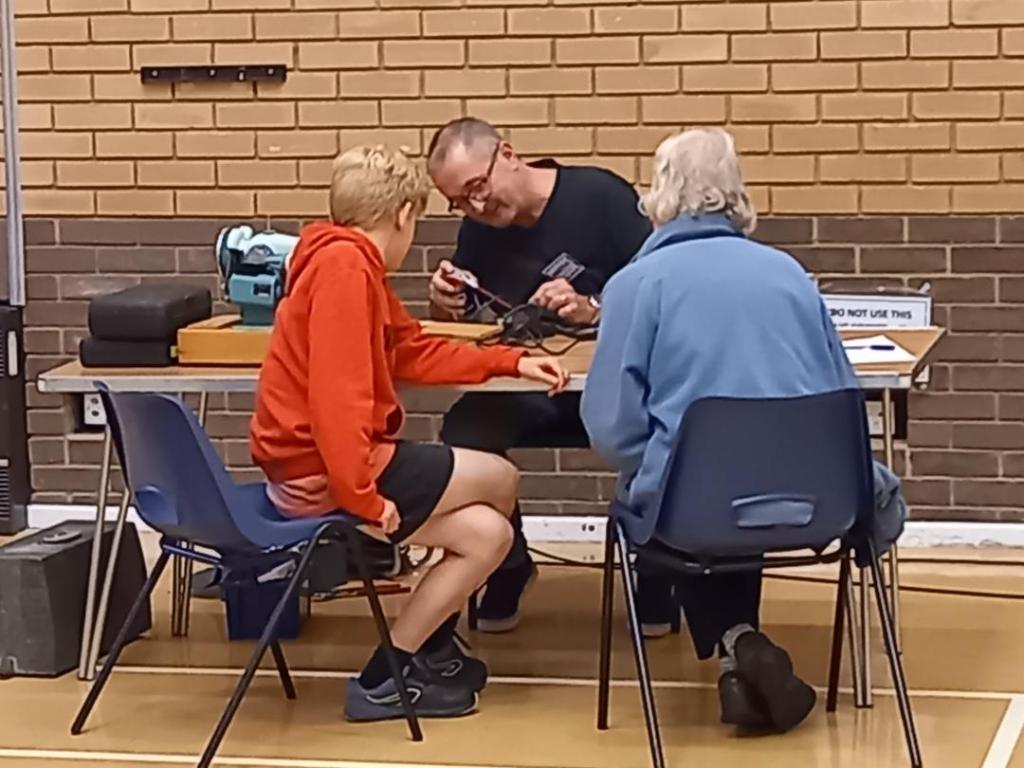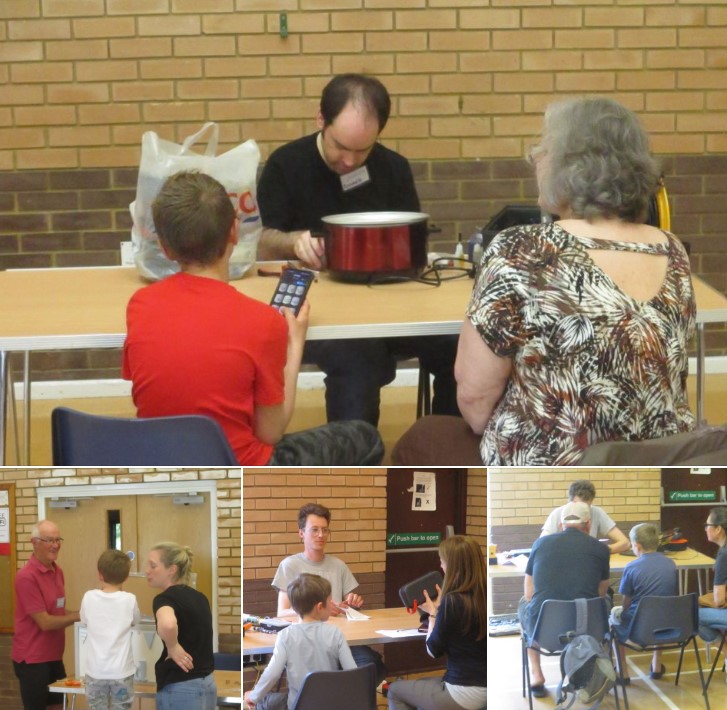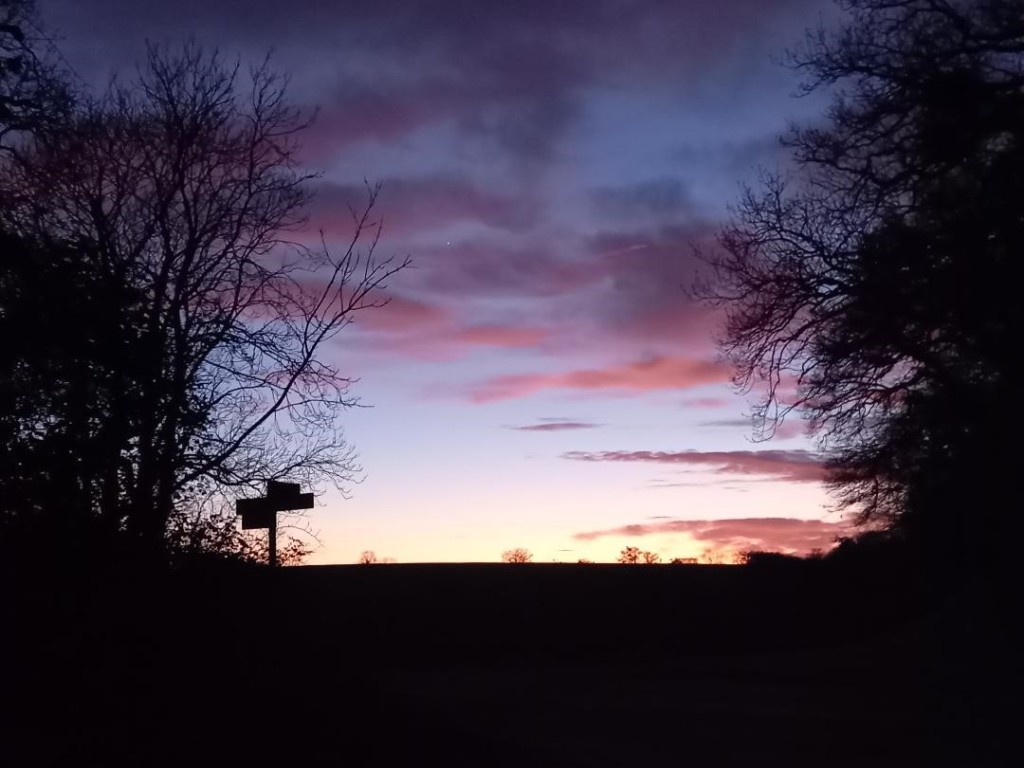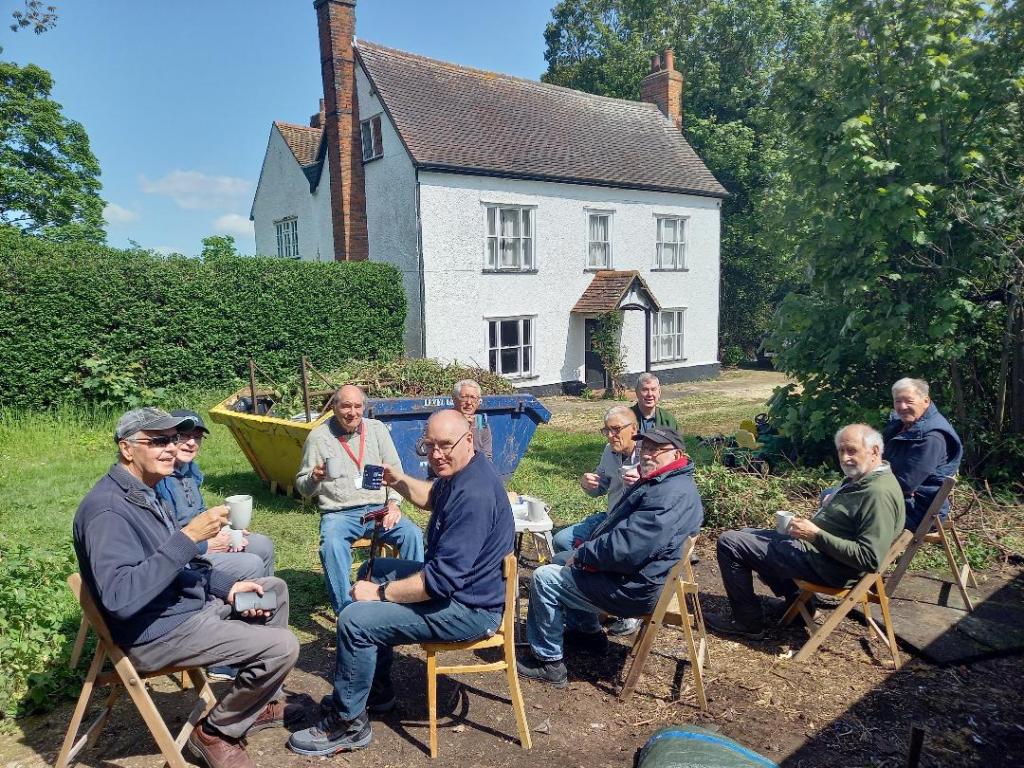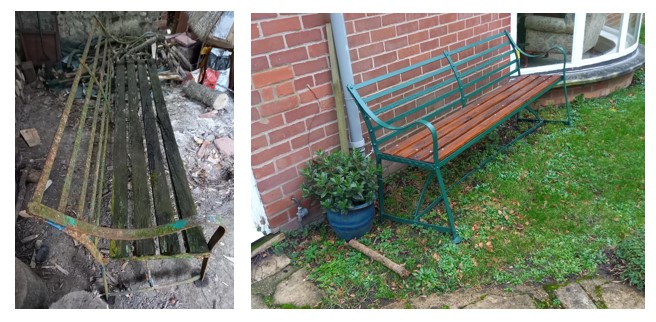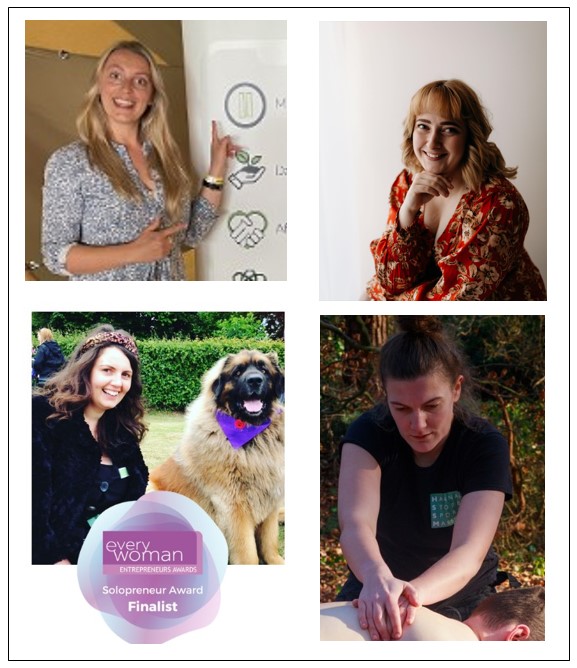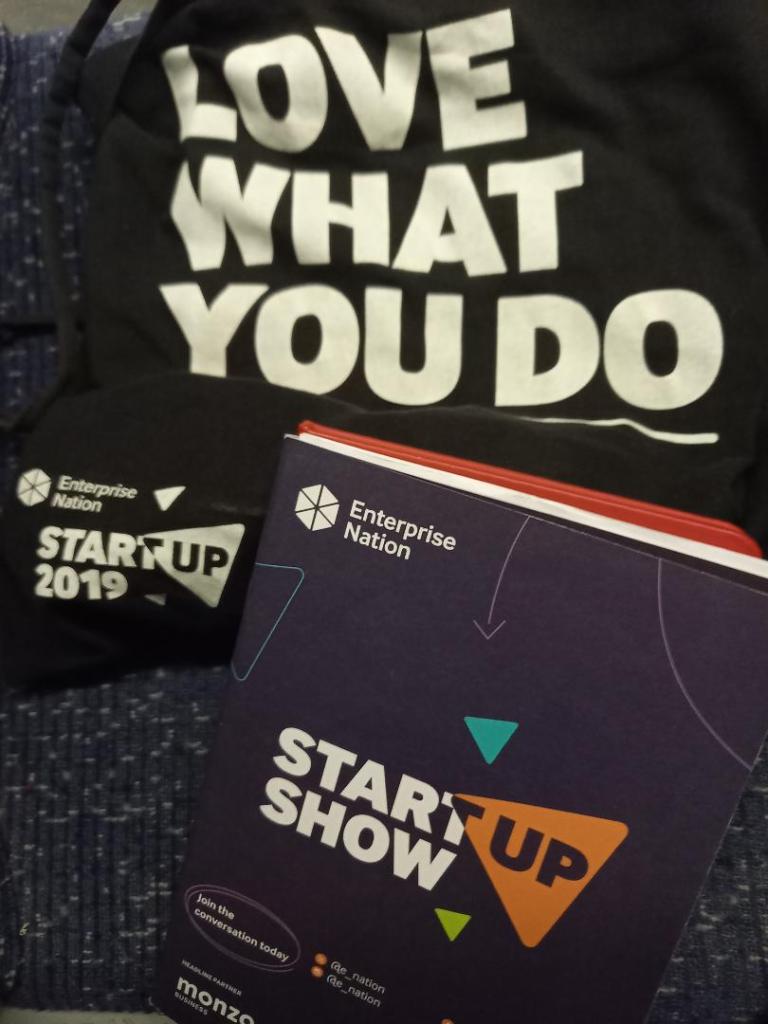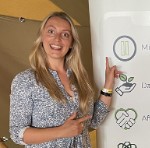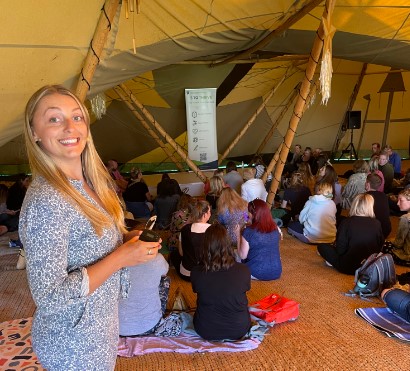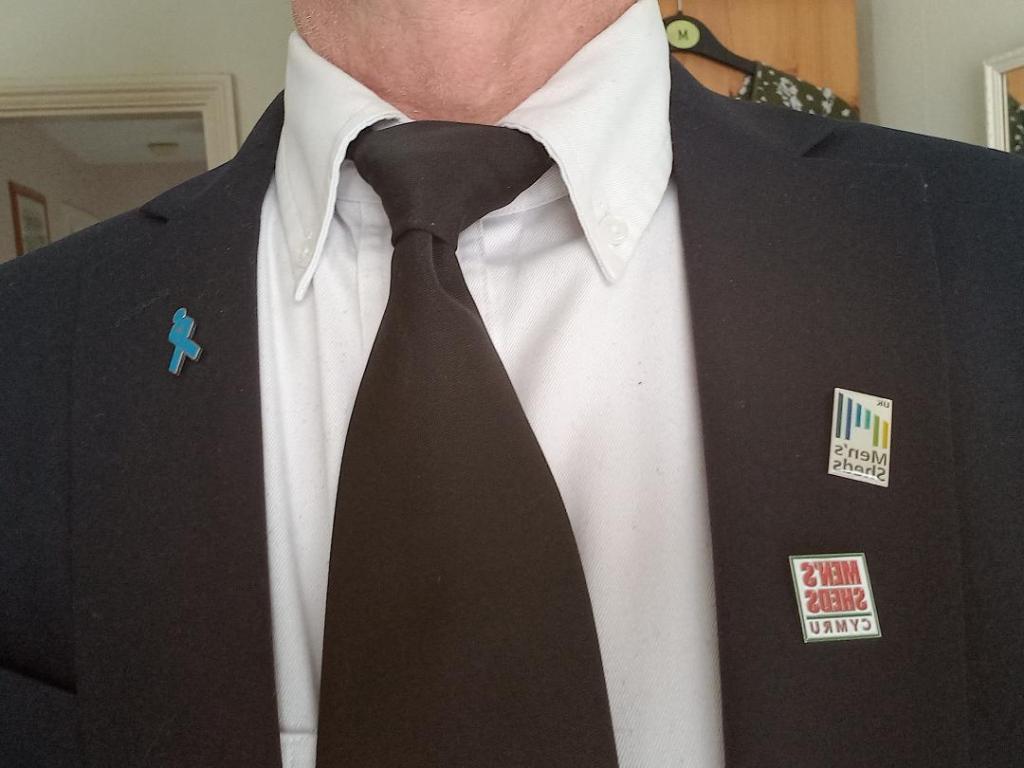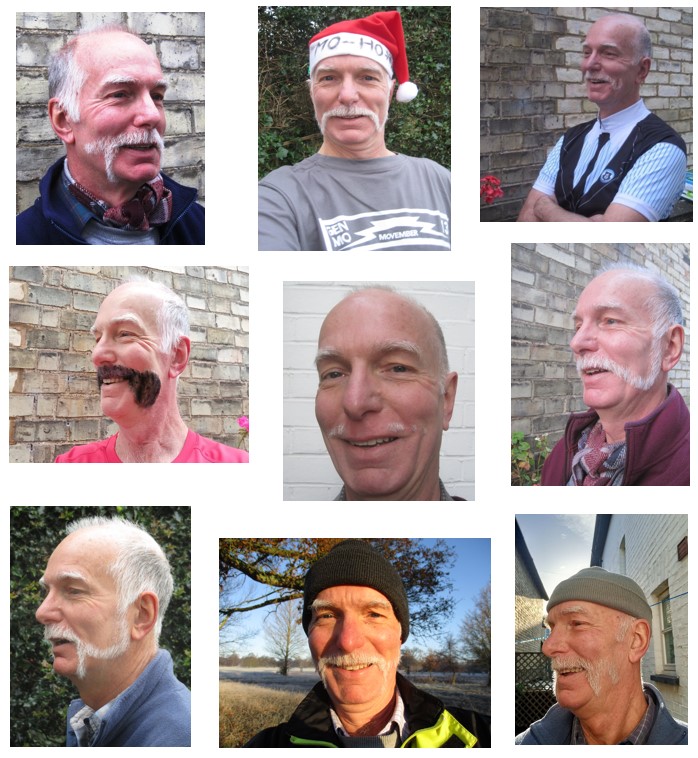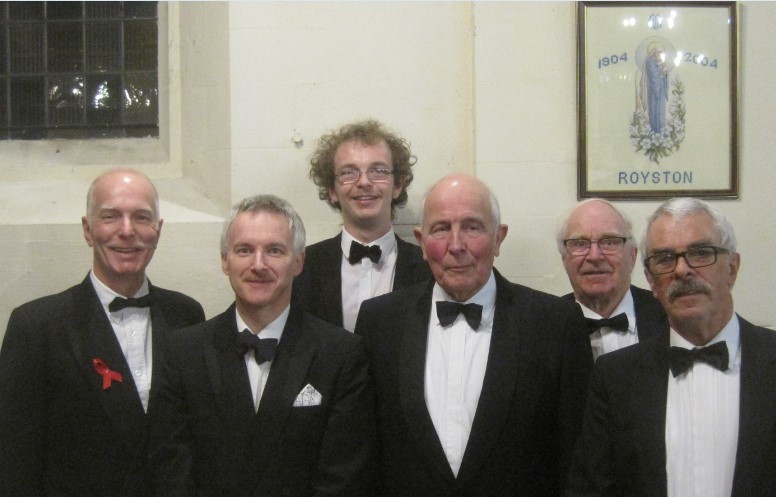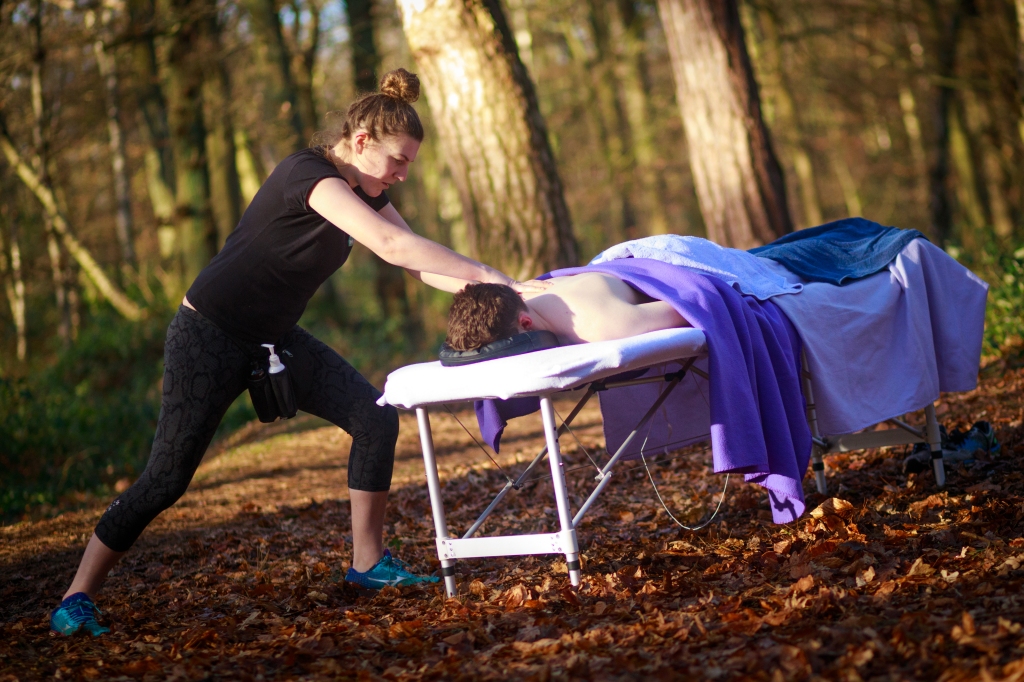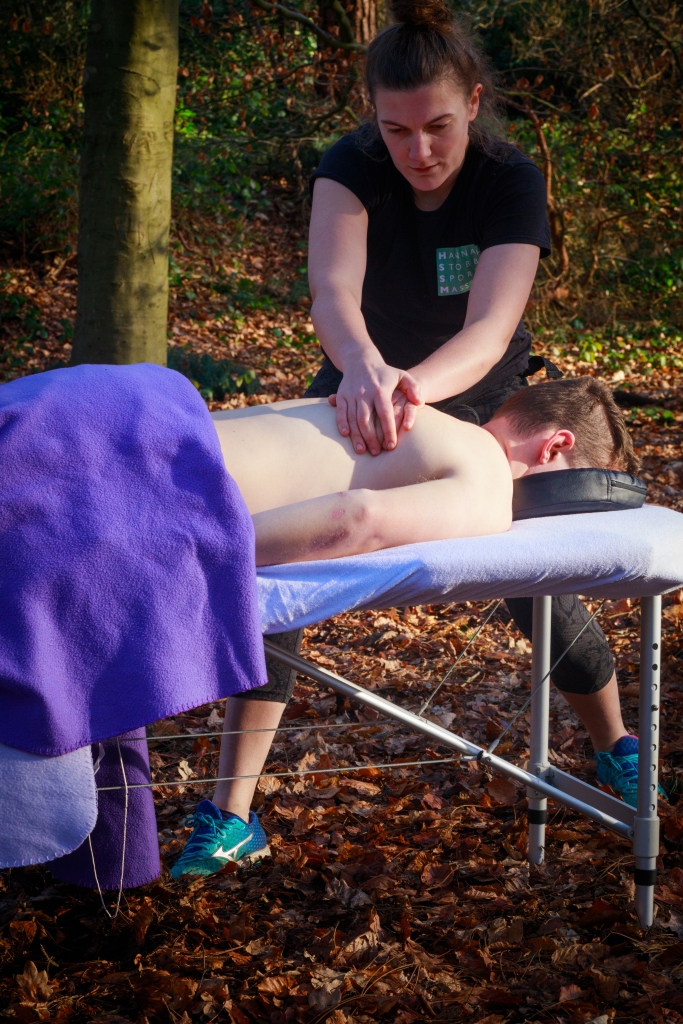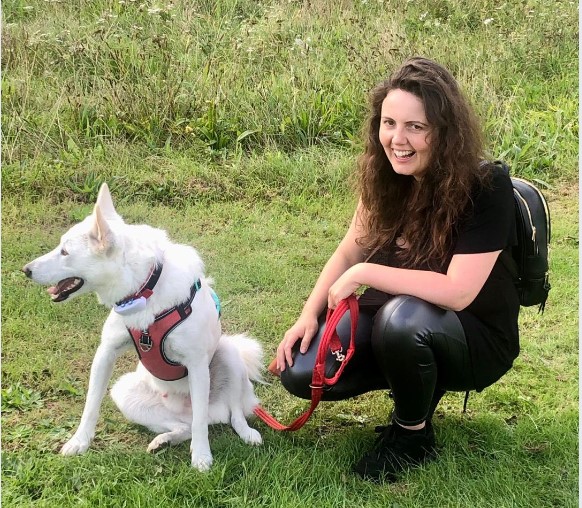Published on Earth Day 2024 – 22 April

Is it just me, or are there lots of abandoned traffic signs littering hedges, ditches and grass verges, left behind when roadworks are finished?
It was while I was out running in early March that I first noticed a couple of abandoned road traffic signs. It was a relatively remote rural location and they were covered with weeds, leaves and branches that I knew they’d been forgotten rather than earmarked for later collection.
I got back home and discovered that we were just two weeks away from Keep Britain Tidy’s (KBT) annual ‘Great British Spring Clean’ campaign (15-31 March in 2024). Their campaign is all about litter picking – which I avoid on an organised scale because I think it gives a sort of green light to litter louts (as we used to call them in the old days).
So I thought that getting abandoned/ forgotten/ fly-tipped traffic signs returned to their owners would be a novel was to help keep Britain tidy. My first thought was to involve KBT – the organisation. They politely declined – under-resourced they implied [maybe an idea to include in the Great British Spring Clean in 2025?] but they wished me well.
On the positive side, I presume the large number of abandoned signs signifies a high level of repair work after the road ravage of wet and icy weather by a stretched workforce, for which clearing up can get overlooked. It’s good to think that people are getting out there, even if they don’t tidy up afterwards.
The next issue of Private Eye featured a cartoon which I thought exactly summed up the apparently casual attitude to road work signage and traffic management. The artist Tom Armstrong [ https://www.cuckoofarmstudios.org.uk/tom-armstrong ] gave me permission to use it for my small online #StopSignDumping campaign to raise awareness about the problem and find out more about the cause.
What did I learn during those two weeks in March?
- You notice abandoned signs when you start looking for them
- There are loads in my area – it can’t be a local problem
- Abandoned signs with sharp edges are a potential danger to animals and humans
- Traffic Management companies are not regulated – there’s no code of conduct
- Traffic management companies are not the people who do the repair work
- Traffic management services are booked for a period to allow weather conditions to be done in a window, so signs may be booked for two weeks but only needed for two days
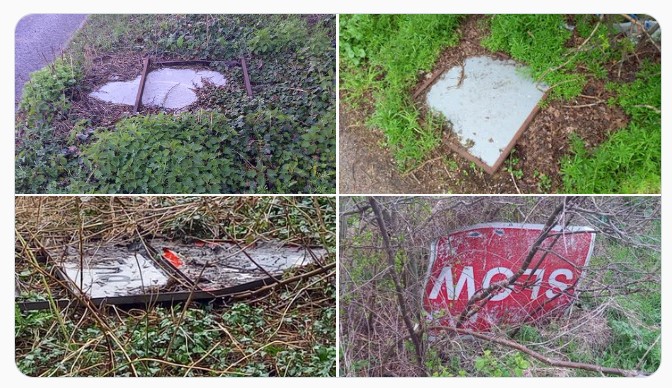
- You can usually tell whether signs are abandoned or awaiting collection by whether they’re dumped in a ditch or hedge or relatively neatly tucked away at the side of footpaths (or ‘footways’ as they now seem to call them)
- If there’s a contractors name and number on back of sign, contact them… but be patient – 4 weeks on from my doing so, the sign I reported still remains and I’ve had no feedback.
- If you want to judge how long a sign has been lying on a grass verge, lift it up – what’s growing beneath will tell you a lot!

- It’s not easy to find out about regulations related to abandoned road works signs – I’ve trawled highways guidance, county plans and legislation with little success.
- When a council says that a reported case of ‘sign dumping’ has been resolved, and spectacularly quickly, it’s probably because they’ve decided to do nothing!
That last lesson was learnt from my correspondence with Herts Highways in mid-April. A member of staff e-mailed me to say that they’re over-stretched and under-resourced, but in considerably more words …
Thank you for your email, as I am sure you will appreciate, we receive numerous requests each year from residents regarding various highway maintenance issues. All identified highways maintenance issues are assessed in line with Hertfordshire County Council’s Defect Management Policy (DMA) which has been agreed through a democratic process.
The Defect Management Approach allocates each request a priority against other highway maintenance requests across the county. This approach enables us to direct the limited funding available in the most effective way possible. High priority faults will be repaired or made safe in line with our response timescales for road repairs. Low priority faults will be considered as part of our future works programme, as such we are unable to provide any timeframes for these. Low priority faults will need to compete for funding against other defects across the county.
Of the nine abandoned signs I reported to Herts Highways, to date just one has been reclaimed – ironically the one that said ‘Littering is Illegal’!
What am I still to find out?
- Who is ultimately responsible for clearing up the signs – the contractor or the council?
- What happens to reclaimed signs – are they re-used, recycled, repaired, sent to landfill, or sold for scrap
- When, if ever, does an abandoned sign become litter, and leaving it become fly-tipping?
- When is a sign that’s been ‘left for the next roadworks’ officially abandoned?
Finally, I wonder what would happen if a member of the public took an abandoned sign to a recycling centre.
Maybe I should find out…


